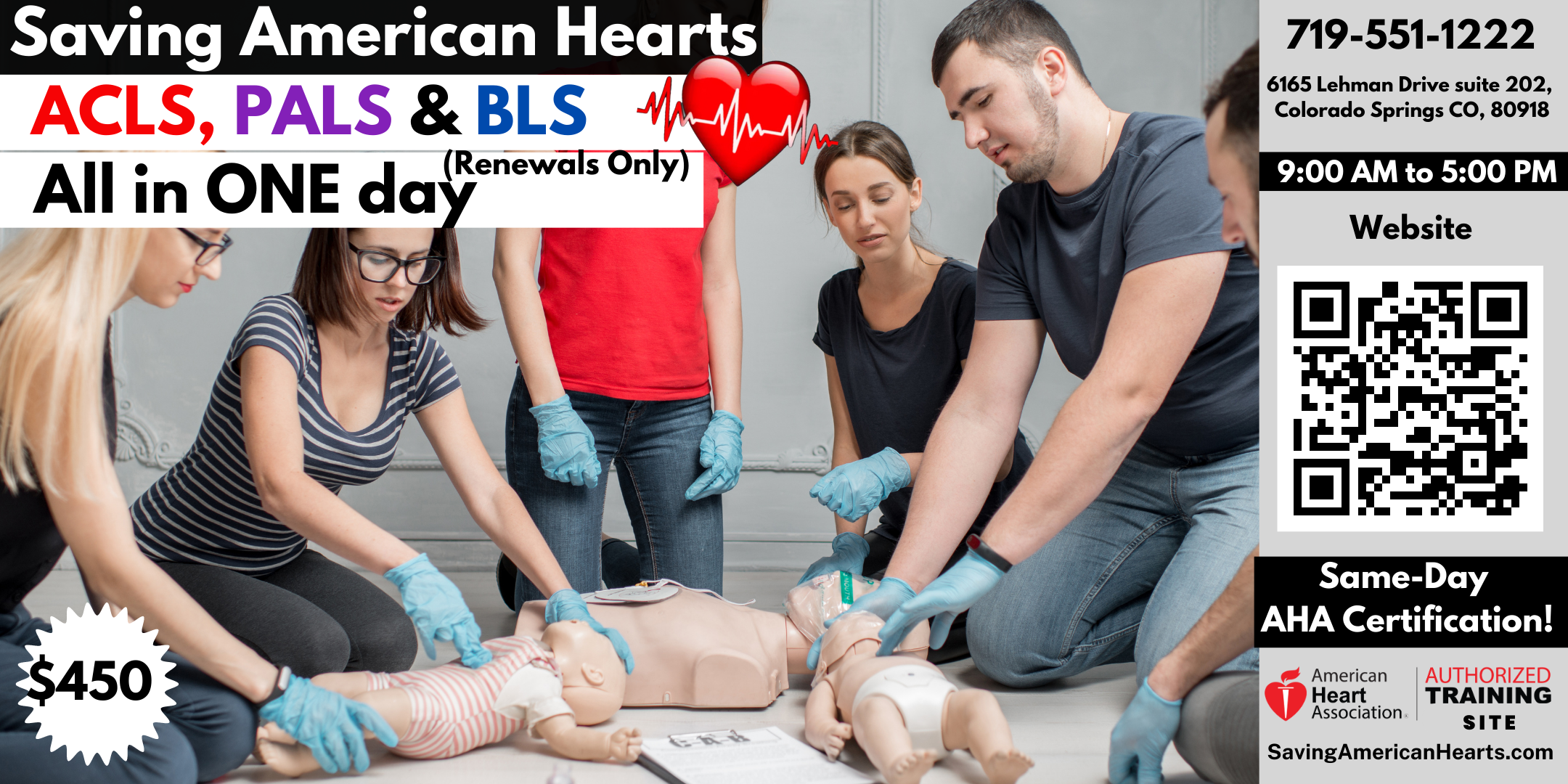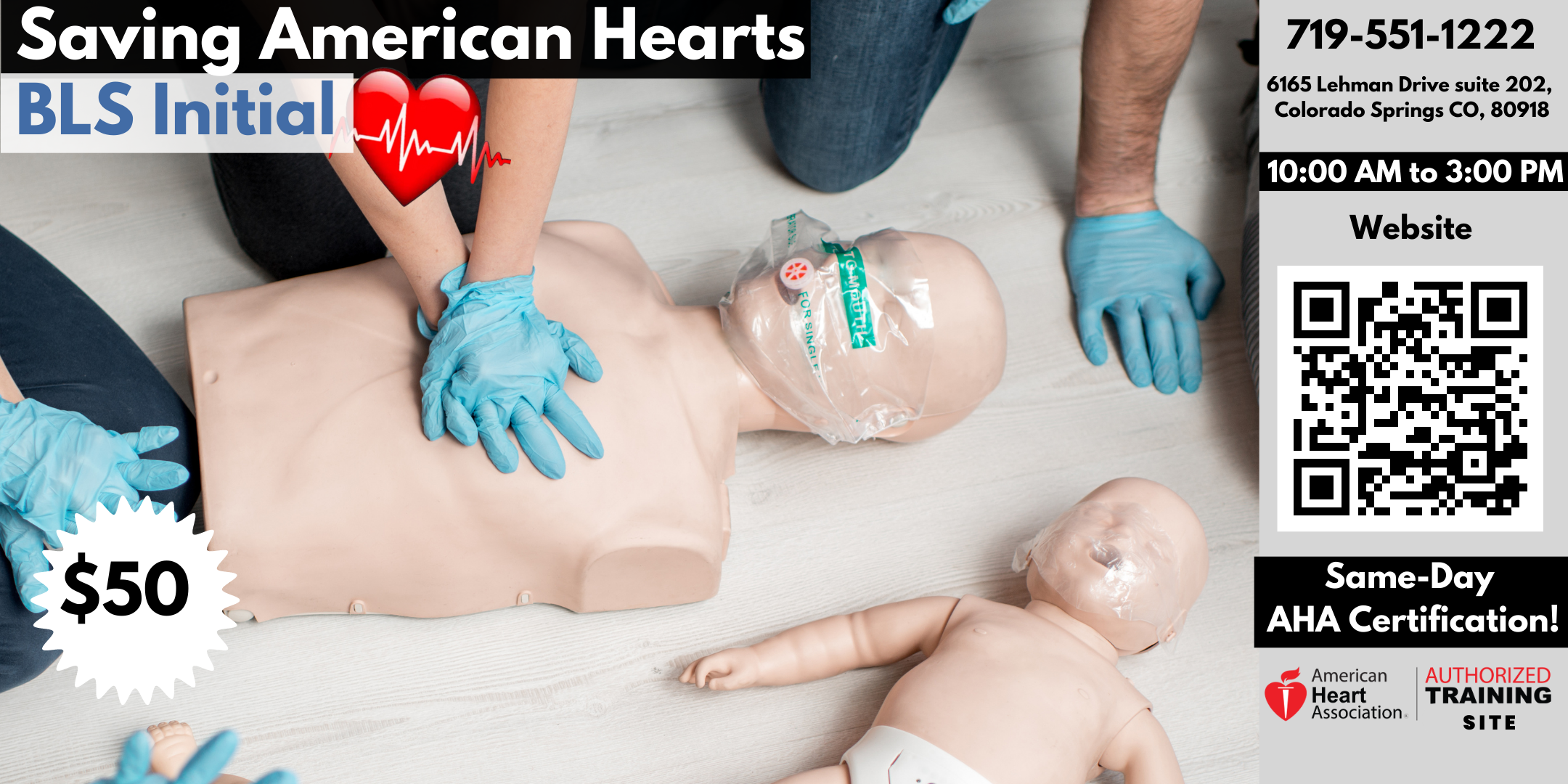Posted by By Angela Scott-Briggs June 3, 2023 on Jun 8th 2023
The Power of Knowledge: How CPR Training Can Empower You
The Power of Knowledge: How CPR Training Can Empower You
In today’s post-pandemic new normal, people of all ages have become more aware of how powerfully a medical crisis can affect us all. While not every emergency is a world-stopping pandemic, smaller crises take place all around us. While Hollywood likes to glamorize medical emergencies, social media has well disillusioned us. When emergencies strike, a lot of people don’t actually know what to do or how to act. Some even hesitate to call 911, assuming others have already called.
Do you know how you react during an emergency? Even if you can keep a clear head and make sure basics like calling emergency services happen, do you know other ways to help?
Emergencies can happen anywhere. And if no one around knows how to administer first aid or cardiopulmonary resuscitation, a patient’s chances of escaping without severe harm or death can dwindle rapidly. Now imagine you had the training and knowledge to administer basic first aid, life-supporting techniques, and CPR— you could save a life.
The Importance of CPR and First Aid Training
CPR and First Aid skills can save lives and reduce the severity of injuries after a medical emergency. According to the American Heart Association, CPR can double, even triple, chances for survival when someone stops breathing, or their heart stops. Proper training provides people with the skills and knowledge for providing immediate care until emergency services arrive.
Training and certification can encourage people to act calmly and efficiently during an emergency, ensuring they are ready to take action when needed. It can also be a great addition to your resume. While few jobs require certification, it’s a plus in many industries, such as construction. Even retail stores benefit from having workers certified in CPR!
The Basics of CPR Training and Certification
Types of Courses
Did you know that you don’t need to travel to learn CPR? Like many modern-day courses, you can choose between learning online, in-person, or both! Courses range from the basics for laypersons to more advanced for healthcare providers. For all, you will need to pass a certification exam before you can officially provide CPR in an emergency situation.
Certification and Recertification
CPR and First Aid are continually evolving. To ensure providers and rescuers are up to date with the latest guidelines, certifications expire. You must take a new or refresher course to become recertified. Some course providers, like ProTrainings, offer recertification courses that cover all changes since your last course without rehashing the basics.
Empowering Yourself to Act
Knowing how to perform CPR and basic first aid can empower you during emergency situations. Someone nearby collapsing or stopping breathing can be a stressful, overwhelming experience. Many people don’t know what to do or how to act, and the ever-present bystander syndrome can rear its ugly head. By having trained for what to do and how to react, you can keep a cool head and make sure the person in trouble gets the help they need.
With proper training and certification, you can feel prepared and confident to handle emergency situations wherever, whenever. You’ll be equipped to take charge and increase someone’s chance of survival.
Encouraging Others to Learn CPR
Do you want more people in your community to learn lifesaving rescue skills like CPR? Do you want to know your loved ones are surrounded by others who know what to do in an emergency? Encourage members of your community to join you, or use your certification to inspire them to learn next!
You can accomplish this in many ways:
- Spread Awareness. You can share information about the importance of learning CPR in conversation or through social media. You can also get infographics and promotional material from places like the American Heart Association to hang on public billboards.
- Provide Resources. Keep information on hand in case someone expresses interest in learning. Having a solid starting point can help people overcome their hesitance in getting started. You can also keep a folder of helpful links to share online.
- Organize Group Learning. A lot of people learn better together. Others just have an easier time getting started if they’re working with others. Whether you choose online or in-person courses, you can get people signed up and organize rides and practice sessions.
- Encourage Making it Mandatory. Did you know that CPR training isn’t mandatory in a lot of places like schools? Generally, certain positions are required to have the training, but imagine how powerful a school’s emergency response could be if all of the staff were trained in CPR. Get involved in town halls and school board meetings to discuss the importance of CPR training; consider getting your local first responders involved to give presentations and encourage community members.
All of these suggestions are fairly basic; some people may come up with more unique or fun ways to encourage others. You can always check in with course providers, CPR teachers, and community boards for more ideas!
CPR and First Aid training can help you and others feel confident and prepared for emergencies, and it can empower you to save lives. Whether you’re a parent, teacher, or just someone who wants to be prepared, learning CPR can benefit you and everyone around you.

